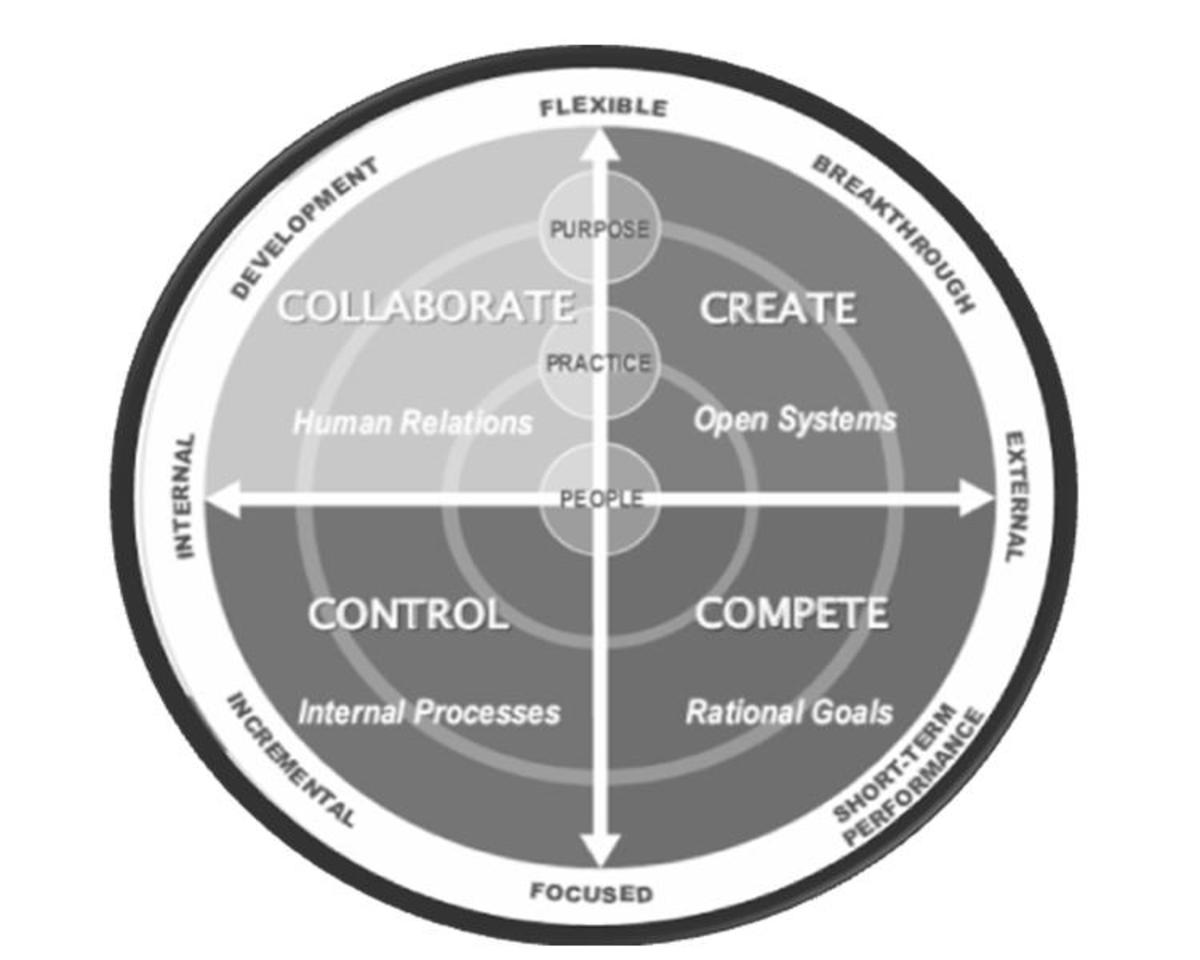Essentials for a Positive Corporate Culture Change

If there is something you would like to change in the way your coworkers think what would that be? For more than a decade now, I've been hearing bosses and top management talk about corporate transformation, corporate culture, culture change and other big words that go along with it. In fact, I know numerous companies spend money on employee transformation and corporate culture change. But in spite of the efforts, they remain the same inside out.
Now, would you consider corporate culture change even when companies have dished out millions to no avail? Of course you should. However, what matters most is not how much you spend but the strategies you employ for a more productive and meaningful organizational development – here's another big word.
Everyone on the same page
It would not do your organization any good if everyone has his own agenda. OK, let's face it, to some extent everyone has his agenda. However, when everyone in the company has his sights on what the company requires and helps to achieve it then you have a better chance in transforming your company into an efficient and productive organization.
But what exactly does being on the same page mean? Obviously it's not about agreeing on everything. That's totally absurd. Just get two or three people ion a room and you're bound to have differences in opinion. Rather, being on the same page means:
- Imbibing the same corporate values
- Believing and pursuing the corporate philosophy
- Understanding and advocating the company mission and vision
- Accepting individual and team roles for the pursuit of the corporate goals
it is no wonder why every time I am asked to create an organizational development program I turn to the company's core. The Philosophy, Values, Vision, Mission and everything that the company stands for dictate what the employees should advocate. Part of my initial organizational development program is to realign the employee with the corporate philosophy.
Do you think there is hope for your workplace?
How do you go about this?
This is often an arduous step. But it is one that can give light as to how the whole organization sees himself/herself in the greater picture. The process includes dissecting the employee's understanding of his/her role in the company. Sure there are job descriptions, key results areas and key performance indicators to look at. However, what is more important is how the individual sees all these things in the context of the company's philosophy and core values. If we strip every job to its bare functions, we can see that an accountant does the same things regardless of the company. But the real question is why do it for this specific company? What values does the individual employee and the company have in common? When you can identify this, then you can help the organization transform by realign these values and strengthening it more.
It's sad to note that corporate philosophies, core values, mission, vision and the like are reduced to mere wall decorations. You may even ask employee to recite these and they may do it without any problems. But the real hurdle is getting the employee to believe in the same philosophy as the company.


Big boss honesty
Several years back I sent out a leadership survey to the company's leaders. This included middle managers and of course the top guys. The aim of the survey is to determine the type of leader we had in the company. It explored 3 basic areas of leadership: administrative skills, interpersonal skills and conceptual skills. When I was running the numbers on the skills statistics, I got an email from one of the top guys. He wanted an in depth analysis of the survey results. Of course, I gave him the objective truth – his scores were really pathetic in all areas. After an hour, I received an email “Go to my office now.” I dropped what I was doing and expected some heated argument regarding the validity and reliability of the survey. When I got to his office, he asked me to sit down and told me he expected the low scores. Then he asked me “What do I do?” It was a humbling moment or in that here you have the company's boss asking help on how to become a leader. His honesty and humility paved the way towards re-energizing the whole company's advocacy to proper leadership skills. He attended the seminars I designed, he participated in the workshops for leaders and managers he even asked for books and resources to improve his skills.
The corporate culture is influenced by the top guys. No one has immunity to corporate culture change. Everyone has to do his part. And when the bosses are humble enough to say that change has to start with them, the whole organization has more chances of healing.

Healing as a team
I saw the movie “Any Given Sunday” which stars Al Pacino. In his unforgettable locker room speech, one line stuck to me like it was part of my brain - “Either we heal as a team, or die as individuals.” Although he was talking about football, the lesson transcends this favorite American pastime.
Corporate culture change cannot be done by just one person. Some companies hire an organizational development professional just for this purpose. What they do not know is that this person simply jump-starts the process. The person simply acts as a guide. The true change comes from individual employees working as one in order to achieve a common goal. Corporate culture change requires team effort.
But getting your duck in a row goes beyond having employee memorize the company philosophy or enumerating the core values. It is not a mindless mantra that everyone should memorize. Rather, it's imbibing the values and advocating them on a daily basis. This is how important the team becomes in the road to corporate culture change. Everyone supports the other to keep his sights on the target. In the words of Carl Jung, the “collective unconscious” plays a critical role.
The team, whether it is a department, a unit or a small band of individuals who meet in the lunchroom everyday can help turn bad companies into good ones – even great companies to exceptional ones.

A chain reaction of positive change
The book Fish! Tales by Spencer Johnson or Ken Blanchard illustrates the steps in taking a toxic dump of a department and turning it into a formidable team. Corporate culture change offers more than just business growth or higher income. It provides the fuel for individuals and groups to become better. Empowering the employees from all levels of the organization becomes more personal and more meaningful. After all, when someone realizes the change from within to be positive and productive, it can be contagious.
A chain reaction of positive change is required in order to jump-start w company wide transformation. This means individuals must take on the challenge of becoming better. But they become better not just at their work, but as integral members of the whole corporate structure.
Moreover, it does not stop at making that needed change. The person has to influence others to follow. The chain reaction of positive change once started can snowball into an epidemic of positive vibes throughout the company.
But the real question is who starts the initial spark? As we may all know, many fear being the first to challenge the status quo. But one man already identified who needs top start the chain reaction of positive change; Mahatma Gandhi. He said, “Be the change you want to see in the world.”
All it takes is one person who cares enough for the company and his own good. Would you initiate the chain reaction of positive change?
Oftentimes when we think of corporate culture change we see it as a huge endeavor. Well it is. Not so much because it is a company-wide task but because it is more of an individual transformation. However, as daunting it may be, corporate culture change is an essential step towards corporate growth and employee success.








